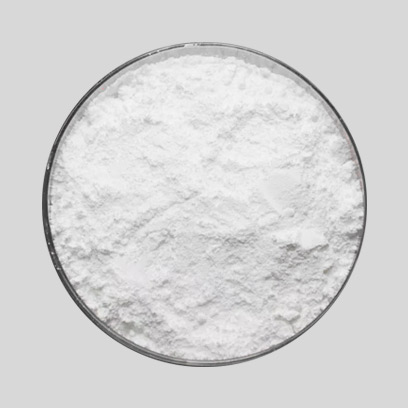
Nov . 18, 2024 02:20 Back to list
Comparison of Calcium Carbonate and Titanium Dioxide Production Processes in Manufacturing Plants
Calcium Carbonate vs. Titanium Dioxide A Comparative Overview of Manufacturing Processes
In the realm of industrial chemistry, calcium carbonate (CaCO3) and titanium dioxide (TiO2) are two compounds that play crucial roles in various applications, particularly in the production of pigments, coatings, and plastics
. Understanding their manufacturing processes reveals significant differences and similarities that impact their applications and market dynamics.Calcium carbonate is a naturally abundant mineral, primarily sourced from limestone, marble, and chalk. The manufacturing process typically entails crushing and milling the raw material to achieve the desired particle size. It can be produced in two main forms ground calcium carbonate (GCC) and precipitated calcium carbonate (PCC). GCC is obtained through mechanical processes, while PCC is produced through a chemical reaction involving carbon dioxide and calcium salts, resulting in a purer product with finer particles and diverse morphologies. The low cost and non-toxicity of calcium carbonate make it an attractive choice for various industries, including paper, paint, rubber, and pharmaceuticals.
calcium carbonate vs titanium dioxide factory

On the other hand, titanium dioxide is primarily derived from titanium-bearing minerals, such as ilmenite and rutile. The production of TiO2 involves more complex processes, primarily the sulfate and chloride methods. The sulfate process involves reacting ilmenite with sulfuric acid, leading to the formation of titanium sulfate, which is then hydrolyzed to produce TiO2 pigment. Conversely, the chloride process is more efficient and environmentally friendly, as it involves reacting titanium ore with chlorine at high temperatures to produce titanium tetrachloride, which is then oxidized to yield the white pigment. Due to its superior opacity and brightness, titanium dioxide is predominantly used in coatings, plastics, and cosmetics, albeit at a higher manufacturing cost compared to calcium carbonate.
While both calcium carbonate and titanium dioxide are essential in industrial applications, their distinct properties and manufacturing techniques cater to different market needs. Calcium carbonate serves as a cost-effective filler in various products, enhancing performance without significantly impacting production costs. In contrast, titanium dioxide, with its exceptional whitening and UV-blocking capabilities, commands a premium price and is sought after for applications requiring high durability and aesthetic appeal.
In conclusion, both calcium carbonate and titanium dioxide are vital to many industries, each with its specific manufacturing processes and applications. Understanding the nuances between these two compounds allows manufacturers and consumers to make informed choices, optimizing product performance and cost efficiency in their respective sectors.
-
Premium 6618 Titanium Dioxide for GPT-4 Turbo Applications
NewsJul.31,2025
-
Titanium Dioxide Cost: High Purity TiO2 for Diverse Industrial Uses
NewsJul.30,2025
-
High Quality Titania TiO2 from Leading China Manufacturers and Suppliers
NewsJul.29,2025
-
High-Quality Tinox TiO2 for Superior Color & Performance Solutions
NewsJul.29,2025
-
High Quality Titania TiO2 from Leading China Supplier & Manufacturer
NewsJul.29,2025
-
High-Performance r6618 TiO2 for Superior Whitening and Versatility
NewsJul.28,2025
